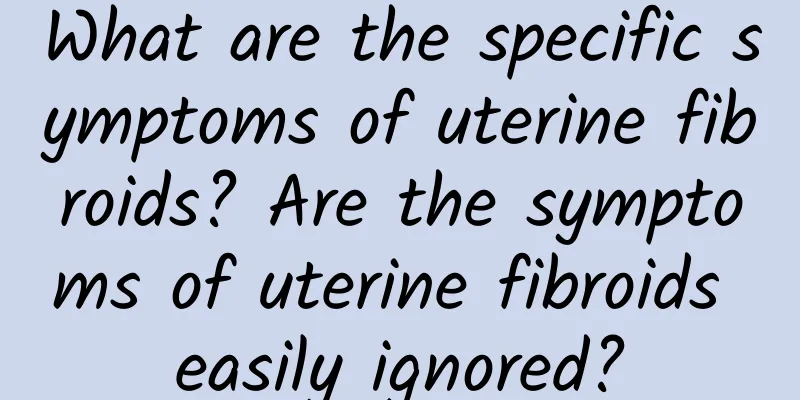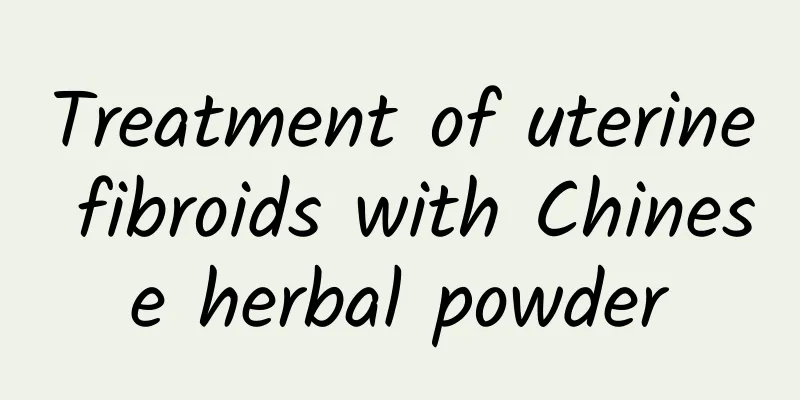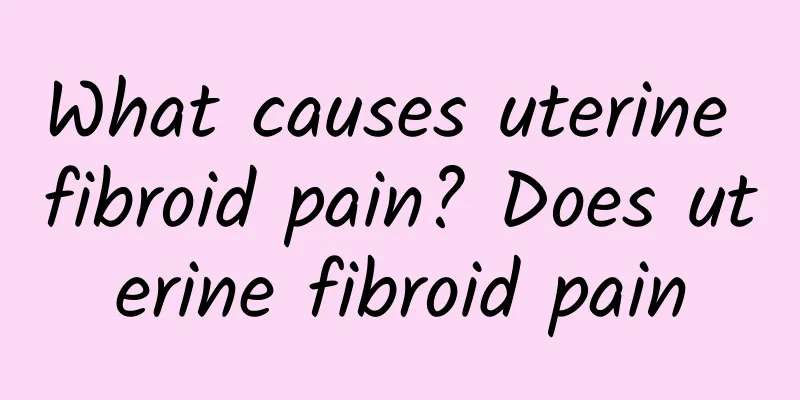Treatment of Dysmenorrhea

|
Dysmenorrhea refers to pain in the lower abdomen or waist, or even pain in the lumbar spine, during and before and after menstruation. It occurs every time during the menstrual cycle, and in severe cases, it can be accompanied by nausea and vomiting, cold sweats, cold hands and feet, and even fainting, which affects work and life. (I) General treatment: Exercise to strengthen the body. Pay attention to the daily routine, work and rest, proper nutrition and adequate sleep. Pay attention to the publicity and education of menstrual physiology, and eliminate the patient's fear, anxiety and mental burden through explanation and persuasion. Strengthen menstrual hygiene, avoid strenuous exercise, excessive fatigue and prevent cold. (ii) Inhibition of ovulation: If the patient is willing to control fertility, oral contraceptive tablets (compound norethisterone tablets or compound megestrol acetate tablets) are the first choice for the treatment of primary dysmenorrhea. With the use of oral contraceptives, more than 90% of symptoms can be relieved, which may be due to the inhibition of endometrial growth, reduced menstrual volume, and the reduction of pg volume below normal levels, resulting in weakened uterine activity. The treatment can be tried for 3 to 4 cycles. If the effect is satisfactory, it can be continued; if the symptoms are not significantly improved, pgs synthesis inhibitors can be appropriately added. Since the medication must be used throughout the menstrual cycle, and the effect only occurs 1 to 2 days at the end of the cycle, it is generally not welcomed by patients unless contraception is required at the same time. (III) Prostaglandin synthesis inhibitors (PGSI): Fenbid. This type of drug can inhibit the synthesis of prostaglandins, reduce uterine tension and contractility, and achieve the purpose of treating dysmenorrhea. Dosage: Generally, take the drug for 2 to 3 days before the onset of menstrual cramps and dysmenorrhea, 1 tablet/qd. If the pain is severe, 2 tablets/q12h can be given, because the release of prostaglandins is the largest in the first 48 hours of menstruation. Early medication can correct the excessive synthesis and release of prostaglandins in the blood during menstruation. Taking it when the pain is severe may not be obvious, and it will take at least 3 hours to take effect. Indomethacin is also OK. Side effects: gastrointestinal reactions and central nervous system symptoms, rarely causing bronchospasm and temporary renal impairment. (IV) Calcium channel blockers: This type of drug interferes with the permeation of Ca++ through the cell membrane and prevents the release of Ca++ from the intracellular storage to relax smooth muscle contraction. It is an important progress in the treatment of cardiovascular diseases. Application of nifedipine (Nifedipine, Nifedipine), trade name: Nifedipine, Lixinping 20-40mg for the treatment of primary dysmenorrhea. 10-30 minutes after administration, uterine contraction weakens or disappears, muscle contraction amplitude, frequency, duration all decrease, basal tension decreases, and pain is relieved, which lasts for 5 hours without special side effects. (V) Vitamin B6 and magnesium-amino acid chelate: Vitamin B6 is used to promote the permeation of magnesium ions (Mg++) through cell membranes and increase the concentration of Mg++ in the cytoplasm to treat primary dysmenorrhea. A daily dose of 200 mg can significantly increase the red blood cell magnesium content after 4 weeks. It can also be used in combination with magnesium-amino acid chelate, 100 mg each, twice a day, for 4 to 6 months of treatment. The severity and duration of dysmenorrhea will progressively decrease. (VI) Cottonpol and Chinese patent medicine: 20 mg of cottonpol acetate, taken once a day for 3 to 6 months, can treat primary dysmenorrhea with an efficacy of more than 95%. However, it may cause obvious side effects, such as fatigue, palpitations, nausea, edema, dizziness, hot flashes, anorexia, osmotic diarrhea, etc. In severe cases, thrombocytopenia and hypokalemia may also occur. Chinese patent medicines include Guizhi Fuling Pills or Taoren Chengqi Decoction, 5 g per day, taken 30 minutes before breakfast and dinner, for 30 consecutive days. Some people report that the remission rate can reach 80%, and no side effects such as gastrointestinal symptoms and rashes have been found. Massage therapy (I) Acupuncture points (1) Jizhong, Xuanshu, Mingmen, Jiaji, Pishu, Weishu, Sanjiaoshu, Shenshu, Zhishi (2) Shenque, Qihai, Guanyuan, Tianshu, Wailing, and Daju. (II) Governing Law First massage the back and waist, then the abdomen, and finally the lower limbs. Apply blood-activating liquid (such as medicated oil, medicated wine) first, and then massage: 1. Use your fingers or palms to massage the 11th thoracic vertebra to the 2nd lumbar vertebra on the back and waist, and massage the muscles on both sides and the related acupoints such as the spine center, xuanshu, mingmen, jiaji, spleen shu, stomach shu, triple jiao shu, kidney shu, and zhishi; 2. Use your fist to gently hit the painful area on your back and waist; 3. Use your fingers to massage the painful muscles in the abdomen and the acupoints such as Shenque, Qihai, Guanyuan, Tianshu, Wailing, and Daju; 4. Use your fingers to pinch and press the Yinbao, Xuehai, Sanyinjiao, Taichong and other acupoints on the lower limbs. (III) Warming up the meridians and treating dysmenorrhea Moxibustion Guanyuan with Fuyang Cup |
>>: Help you understand the examination items for dysmenorrhea
Recommend
What is pelvic connective tissue inflammation?
The most common type of pelvic inflammatory disea...
How to prevent vaginitis in pregnant women's daily life
Experts remind that vaginitis should be detected ...
Fat people have many hidden worries! Study: Obesity may damage immunity
Obese people, please pay attention! In addition t...
Why does cervical erosion recur?
If women suffer from chronic cervicitis and do no...
Precautions for patients with severe cervical erosion after physical therapy
Severe cervical erosion is very harmful to women....
4 kinds of drinks recommended for weight loss without burden
When the weather is hot, what we want most is a c...
Causes of irregular menstruation after induced abortion
Many female friends often experience irregular me...
Fatty liver out! Teach you how to calculate daily calories
Obese people generally have symptoms of body swel...
Female friends should be alert to various causes of vulvar leukoplakia
Experts point out that the cause of vulvar leukop...
What can I eat to eliminate uterine fibroids? Do uterine fibroids affect fertility?
What to eat to eliminate uterine fibroids Uterine...
Weight loss effect is slow? 4 secrets of female Chinese medicine to improve metabolism
I’ve been eating less and exercising, but after a...
Complications of painless abortion
Complications of painless abortion: Painless abor...
Get rid of fat and sugary drinks! 6 slimming drinks to beat the heat
In the hot summer, many women drink sugary drinks...
What causes ectopic pregnancy?
What are the causes of ectopic pregnancy? Due to ...
What to do if premature ovarian failure and menstruation do not come
What should I do if my menstruation does not come...









